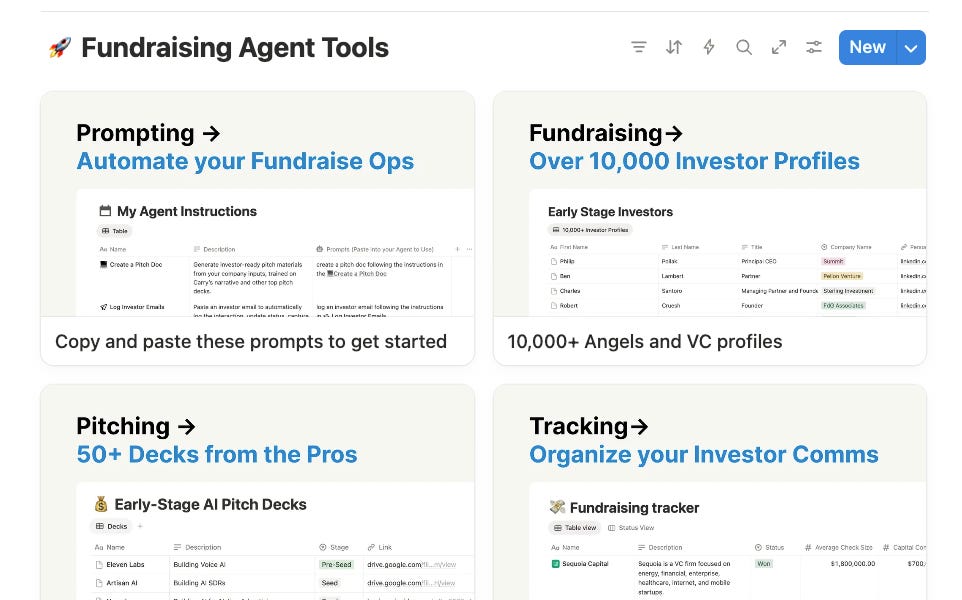
A man sits in a boat on the waters of the Brahmaputra river near the international border between India and Bangladesh in Dhubri district, in the northeastern state of Assam, India August 4, 2018. REUTERS/Adnan Abidi/File Photo Purchase Licensing Rights, opens new tab
- Hydro project located on Yarlung Zangbo in Tibet
- Project to dwarf Three Gorges Dam on Yangtze River
- Start of construction fuels surge in engineering, related shares in stock market
- India, Bangladesh have expressed concern about the dam's impact
HONG KONG/SHANGHAI, July 21 (Reuters) - China's Premier Li Qiang announced construction had begun on what will be the world's largest hydropower dam, located on the eastern rim of the Tibetan Plateau and estimated to cost around $170 billion, the official Xinhua news agency said.
The dam is China's most ambitious hydropower project since the Three Gorges Dam on the Yangtze, with operations expected sometime in the 2030s.
Sign up here.
Made up of five cascade hydropower stations, the dam will be located in the lower reaches of the Yarlung Zangbo. A section of the river falls a dramatic 2,000 metres (6,561 feet) within a short span of 50 km (31 miles), offering huge hydropower potential.
India and Bangladesh have already raised concerns about its possible impact on the millions of people who live downstream, while NGOs have warned of the risk to the environment, one of the richest and most diverse on the plateau.
Beijing has said the dam, with the capacity to produce 300 billion kilowatt-hours of electricity annually, will help meet power demand in Tibet and the rest of China without having a major effect on downstream water supplies or the environment.
China's CSI Construction & Engineering Index
(.CSI399995), opens new tabjumped as much as 4% to a seven-month high. Power Construction Corporation of China
(601669.SS), opens new taband Arcplus Group PLC
(600629.SS), opens new tabjumped by their 10% daily limit.
Wang Zhuo, partner of Shanghai Zhuozhu Investment Management, said the project offered investors both long-term investment opportunities and a theme for short-term speculation.
"From an investment perspective, mature hydropower projects offer bond-like dividends," Wang said.
But he cautioned that speculative buying into related stocks triggered by the announcement would inflate valuations.
The project will drive demand for construction and building materials such as cement and civil explosives, benefiting related companies, Huatai Securities said in a note to clients.
Shares of Beijing-listed Hunan Wuxin Tunnel Intelligent Equipment Co
(835174.BJE), opens new tab, which sells tunnel construction equipment, surged 30%. So did shares of Geokang Technologies Co Ltd
(830879.BJE), opens new tab, which produces intelligent monitoring terminals.
Cement maker Xizang Tianlu Co Ltd
(600326.SS), opens new taband Tibet GaoZheng Explosive Co
(002827.SZ), opens new tab, which makes civil explosive materials, both jumped their maximum 10%.
DOWNSTREAM IMPACT
The Chinese premier described the dam as a "project of the century" and said special emphasis "must be placed on ecological conservation to prevent environmental damage," Xinhua said in its report on Saturday.
China has not given an estimate on the number of jobs the project is likely to create.
The Three Gorges Dam, which took almost two decades to complete, generated nearly a million jobs, state media reported, though at least a similar number of people were displaced by the massive project.
Authorities have not indicated how many people would be displaced by the Yarlung Zangbo project or how it would affect the local ecosystem.
NGOs including the International Campaign for Tibet say the dam will irreversibly harm the Tibetan Plateau and that millions of people downstream will face severe disruptions to their livelihoods.
The Yarlung Zangbo becomes the Brahmaputra River as it leaves Tibet and flows south into India's states of Arunachal Pradesh and Assam and finally into Bangladesh.
China has already started hydropower generation on the upper reaches of the Yarlung Zangbo, which flows from the west to the east of Tibet.
Reporting by Farah Master in Hong Kong and Samuel Shen in Shanghai; Additional reporting by Ryan Woo in Beijing; Editing by Himani Sarkar and Kate Mayberry
Our Standards: The Thomson Reuters Trust Principles., opens new tab
Farah Master is a Senior Correspondent at Reuters where she focuses on health, demographics and the environment in China. She has worked for Reuters in London, Beijing and Shanghai before moving to Hong Kong in 2013. With a background spanning reporting in markets, companies, sports, political and general news, and economics, she was also part of a team named as a Pulitzer finalist in 2020 for investigative reports on the revolt of Hong Kong. Farah speaks English, Mandarin and Spanish. She has a Masters in Development Studies from the London School of Economics.
.png)



